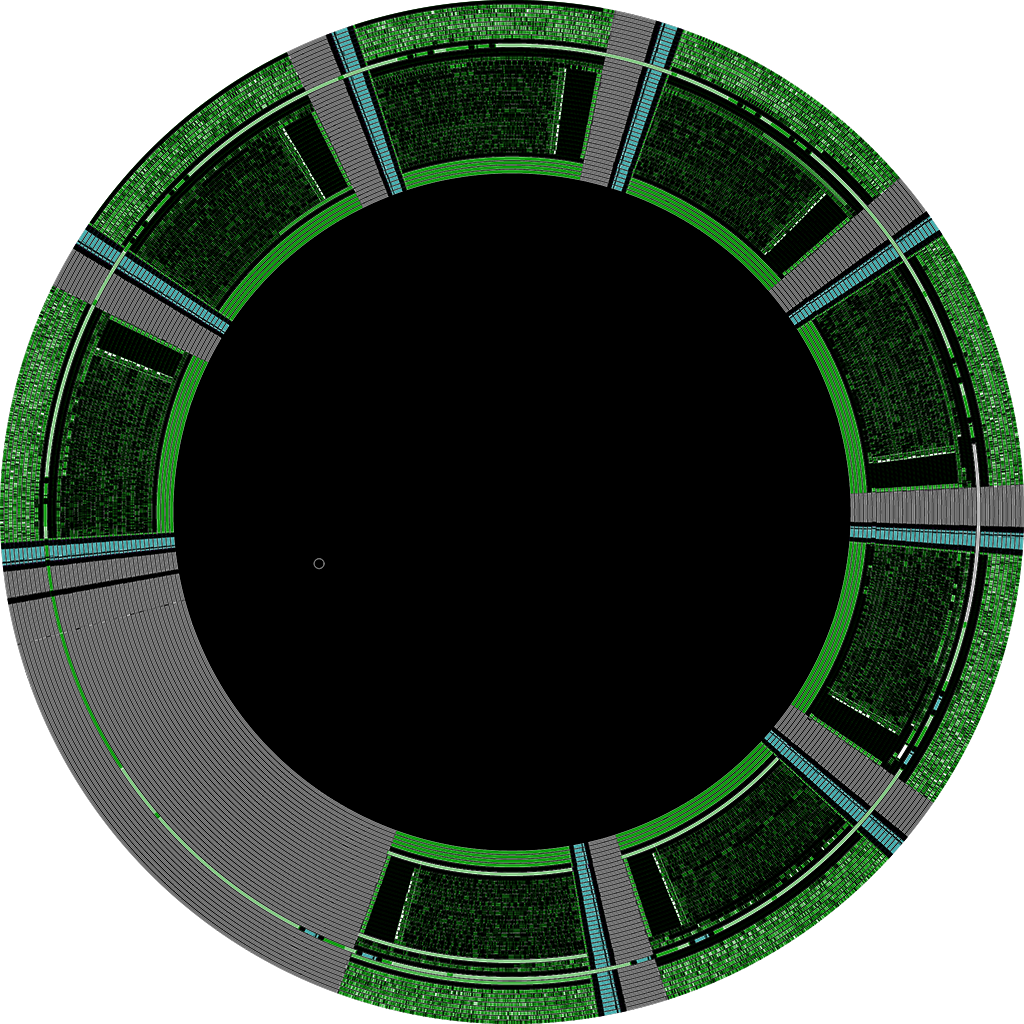A floppy disk image library for PC emulators
This library is under heavy initial development. The API is incredibly unstable, the internal disk representation is not final, and there are probably a million bugs. I do not recommend using this library until it reaches a more stable state.
- fluxfox is intended to serve the needs of a PC emulator that wishes to read various disk image formats. It provides an interface by which an emulator can load a disk image, then perform operations on the disk image consistent with typical operations supported by a floppy disk controller such as the NEC μPD765A.
- fluxfox is not intended to be a general purpose disk image conversion library. There are other tools, (libdisk, SAMdisk, HxC, pri/pfi/psi) which are more appropriate for that purpose.
There are a dizzying array of floppy disk image formats - formats often arise to meet the specific needs of certain hardware platforms and the disk controllers and software protection methods that were common to such platforms. At least initially, this library will focus on disk image formats that are commonly associated with the IBM PC platform.
At least partial support for the following disk images is under development:
Sector-based images encode byte data for each sector, typically with metadata about the sector's id markers and data CRC status. These images can support many copy-protected titles, but may fail to encode more advanced protections, sometimes produce impossible track encodings, and are not ideal for archival purposes or research.
- Raw Sector Image (IMG, IMA, DSK, etc)
- Raw sector images are ubiquitous, easily the most common type of disk image used with PC emulators. These files simply contain raw sectors in order, which are all assumed to be exactly 512 bytes. No header is present, but the layout of the disk can generally be determined by the file size.
- The obvious limitation of this format is that any non-standard disk layout cannot be represented. However, these images are very convenient and simple if working with non-copy-protected images.
- ImageDisk (IMD)
- ImageDisk is a format developed by Dave Dunfield as an open alternative to TeleDisk format images, although it has some limitations.
- Teledisk (TD0)
- A disk image format used by Sydex TELEDISK, an early commercial disk-copying program.
- No official documentation exists, however Dave Dunfield published notes on the disk format and the format is supported by a number of tools and emulators.
- Multiple versions exist, including different compression algorithms. Version 2 Teledisk images may be compressed with LZHUF compression. Version 1.x images may use a custom LZW implementation instead.
- fluxfox currently only supports Version 2.x Teledisk images. It uses LZHUF decompression code from retrocompressor by dfgordon.
- PCE Sector Image (PSI)
- One of several image formats developed by Hampa Hug for use with his emulator, PCE. A flexible format based on RIFF-like data chunks.
Eventually, fluxfox should be able to convert sector images to bitstream images, in cases where a physically impossible track has not been encoded. Certain parameters such as gap lengths could be configured.
Bitstream images store the low-level FM or MFM encoded bit stream of each track on a diskette. These images typically can encode most protection types seen on the PC, given the appropriate metadata (weak and damaged bits), but are more complex than sector images to manipulate and write back to.
- PCE Raw Image (PRI)
- One of several image formats developed by Hampa Hug for use with his emulator, PCE. Along with track bitstream data, PRI supports weak bit masks.
- MFM Bitstream Image (MFM)
- A bitstream format created for use with the HxC drive emulation software.
- Only MFM-encoded track data is included. There is no support for weak bits or other metadata.
- HFE Bitstream Image (HFE)
- Another format associated with the HxC software, HFE is also a bitstream container, however unlike MFM it supports multiple encoding types. There are several versions of HFE supported by HxC, HFEv3 being the newest, however the format is still considered experimental and not finalized. fluxfox supports HFE v1 files.
These images are created with specialized hardware that records the raw flux transitions reported by a disk drive. This is the lowest possible level of disk image, and is ideal for archival purposes.
Flux images can be divided into two basic types, solved and unsolved flux.
Unsolved flux images are the most difficult of the three types of format to read and manipulate. Generally a lengthy conversion process is required to analyze and combine the 3-5 revolutions of each track that is typically captured with a flux capture device. This makes them less than ideal for the purposes of emulation. Unsolved images cannot really be written to - nor would you want to.
Solved flux images represent a post-processed flux capture where multiple revolutions have already been analyzed and combined. The resulting flux stream should represent a correct, clean read of each track. Metadata may need to be provided along with solved flux images as detection of weak bits, etc., is only possible by comparing multiple revolutions which are no longer present in a solved image. Solved flux images can technically be written to - but doing so is a complicated process.
Some examples of unsolved flux are KryoFlux (RAW) and SuperCopyPro (SCP).
Some examples of solved flux are MAME Floppy Image (MFI) and HxC Stream Image.
fluxfox currently does not sup

